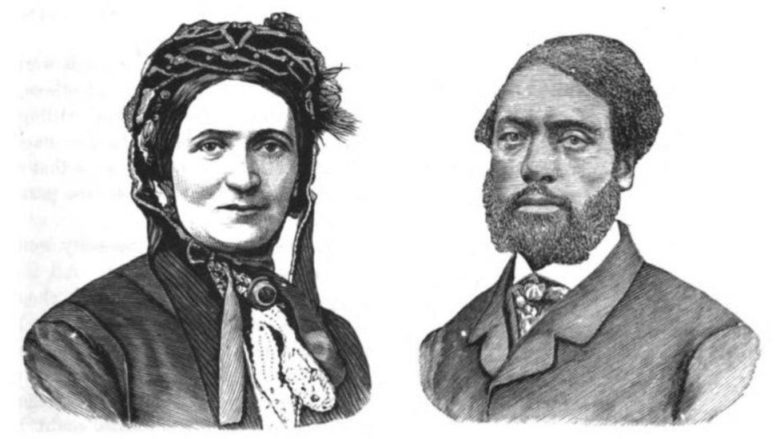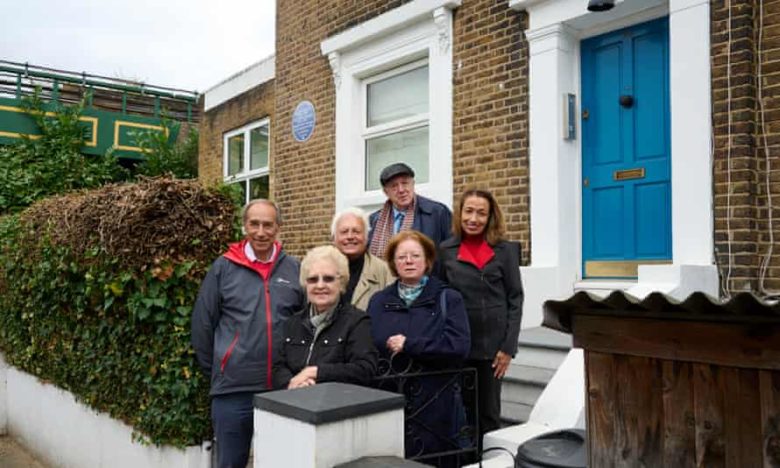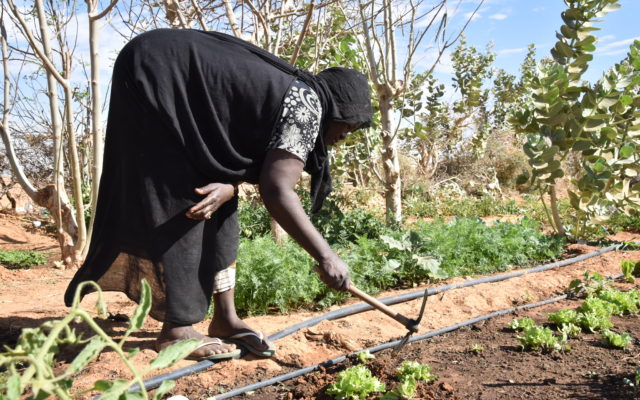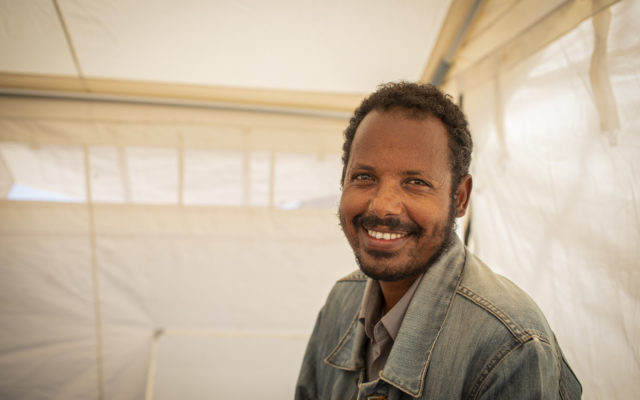‘They just wanted to have a family’
Ellen and William Craft embarked on a journey that saw them spread their message of defiance and hope across both sides of the Atlantic.
© Photograph: English Heritage
“The risk that they took to run away… at the core of that is that they just wanted to have a family. They just wanted to be a husband and wife. They just wanted what all human beings want to have.” – Peggy Trotter Dammond Preacely (great-great-granddaughter of the Crafts)

Image: Justin De Souza/English Heritage
Ellen and William Craft’s story crosses continents and tells of their desire for freedom. They escaped slavery in the USA and fled to the UK, campaigning and lecturing on abolition, reform and social justice.
Ellen and William Craft escaped Macon, Georgia in 1848, following their marriage and subsequent unwillingness to have a family in slavery. They made a thousand-mile, four-day journey from Georgia to Pennsylvania, with Ellen, the daughter of a mixed-race slave raped by her white owner, dressing as a disabled white man. William accompanied her posing as an enslaved manservant travelling with his master for medical treatment. Their escape would go down as one of the most ingenious in ‘fugitive’ history.

Photograph: English Heritage
Following their arrival in Philadelphia, Pennsylvania, they were greeted by abolitionists who encouraged them to go to Massachusetts. Throughout the next two years the Crafts made public appearances recounting their escape and speaking out against slavery.
However, in 1850 the Fugitive Slave Bill passed which prohibited inhabitants of ‘free states’ from sheltering formerly enslaved people. The Crafts former enslavers then sent agents to abduct them. Once again, the Crafts found themselves uprooted and had to leave to unknown territory.
Fearing for their lives, they boarded a ship and made the voyage to England, settling in Hammersmith, west London.
After arriving in the UK they fiercely continued their work. They helped organise the London Emancipation Society, while participating in reform organisations such as the Women’s Suffrage Organisation and the British and Foreign Freedmen’s Society. Similar to their mission in the USA, they travelled the UK arguing for freedom for Black people, becoming leading voices in the abolitionist movement, while retelling the story of their escape, publishing their autobiography ‘Running A Thousand Miles for Freedom’ in 1860.
The Crafts spent about 18 years in England and had five children.
Following the end of the American Civil War and the legal emancipation of enslaved people, the Crafts returned to Boston in 1869, setting up the Woodville Cooperative Farm School in Bryan County, Georgia, for the children of emancipated slaves. They regularly suffered racist attacks and were continuously harassed, with the Ku Klux Klan burning their house down.
Instead of returning to London where life was less difficult, they stayed and never gave up.
“Their determination to help other people overcame their desire to be comfortable.”
Even after their death, they remain an important part of the anti-slavery movement. In September 2021 they were honoured with a blue plaque commemorating their home in west London.




